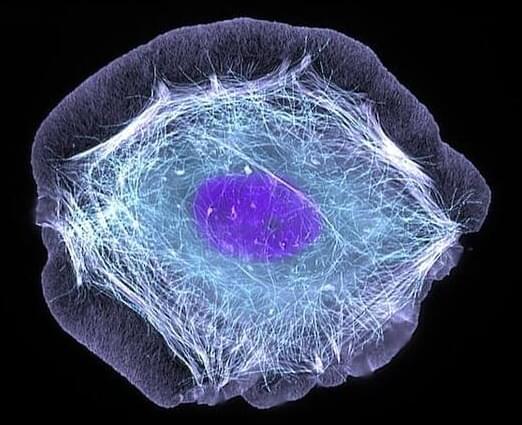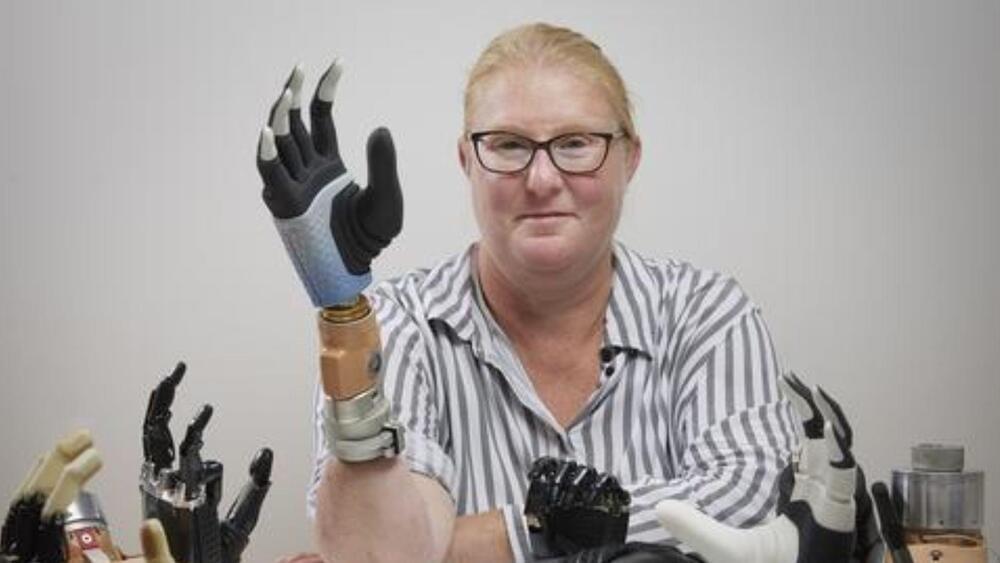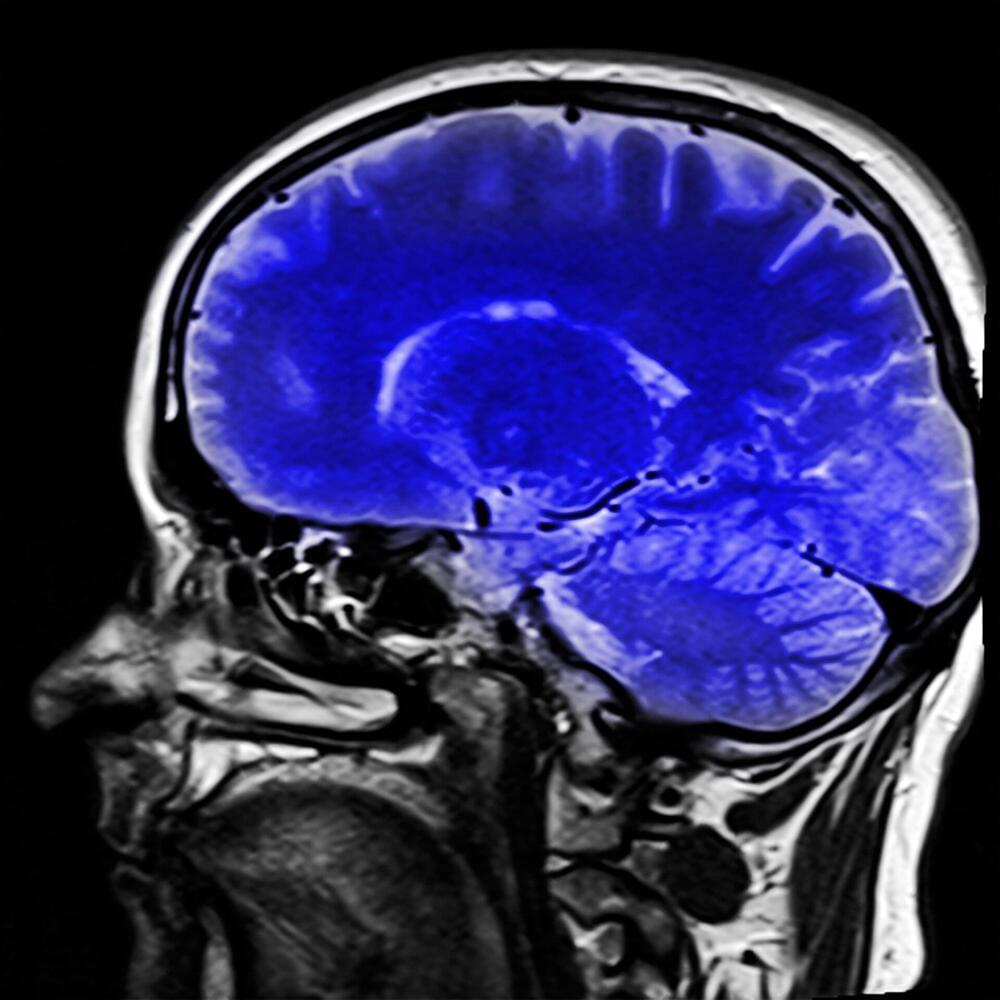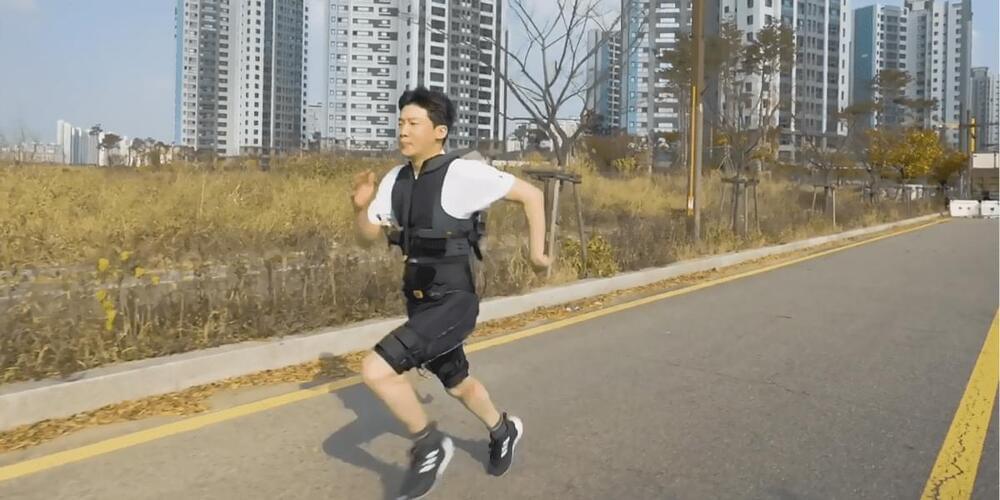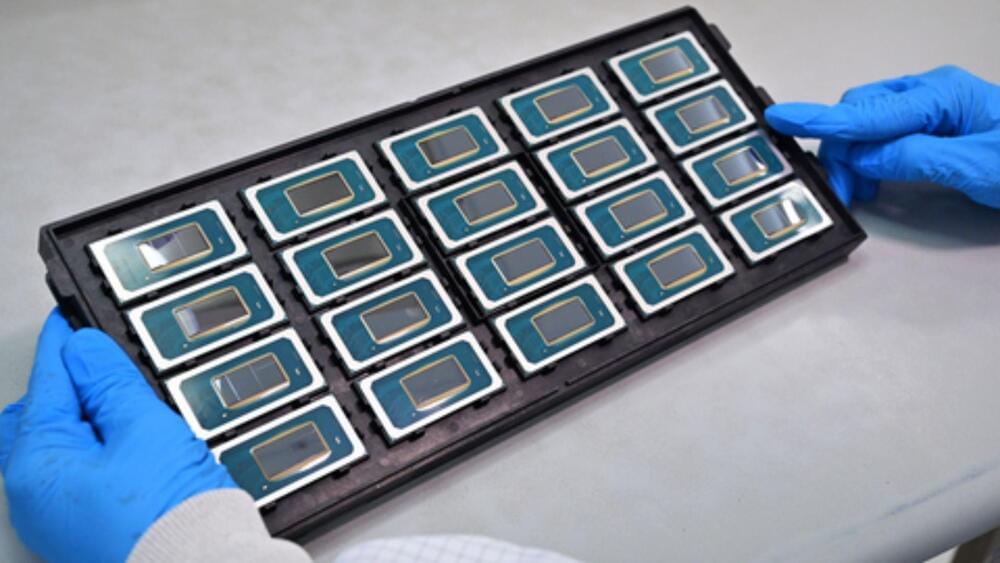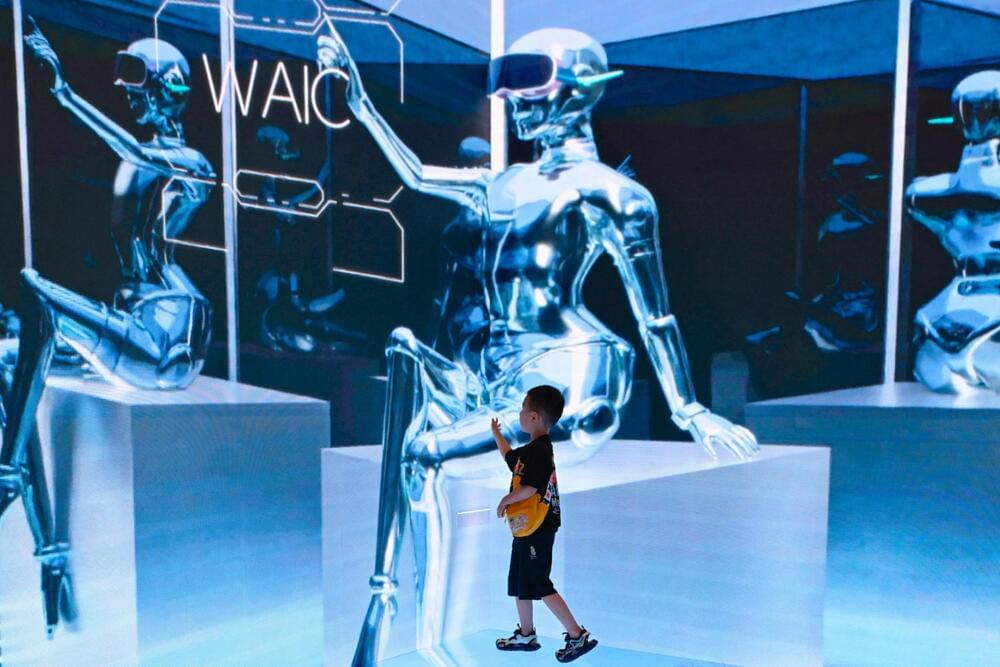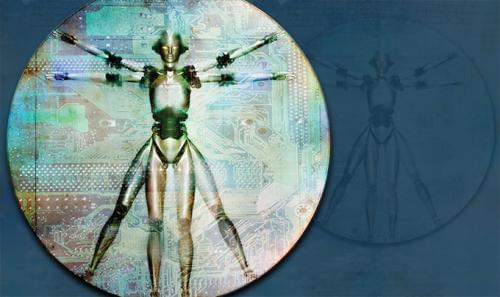Given these perks, it’s no wonder scientists have tried recreating skin in the lab. Artificial skin could, for example, cover robots or prosthetics to give them the ability to “feel” temperature, touch, or even heal when damaged.
It could also be a lifesaver. The skin’s self-healing powers have limits. People who suffer from severe burns often need a skin transplant taken from another body part. While effective, the procedure is painful and increases the chances of infection. In some cases, there might not be enough undamaged skin left. A similar dilemma haunts soldiers wounded in battle or those with inherited skin disorders.
Recreating all the skin’s superpowers is tough, to say the least. But last week, a team from Wake Forest University took a large step towards artificial skin that heals large wounds when transplanted into mice and pigs.
